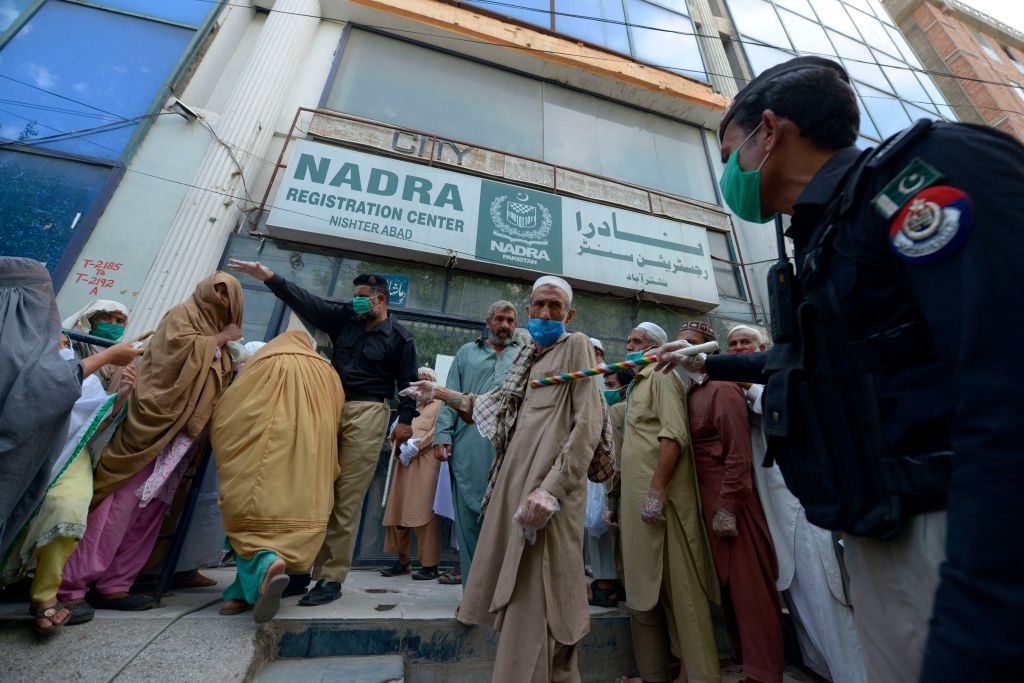The garbage trucks of Melbourne’s City of Brimbank are getting an upgrade as Swinburne University researchers test a 5G-connected computer-vision system that will monitor city streets to identify potential damage and maintenance issues.
A pair of stereo vision and depth cameras will be mounted on the trucks’ bullbars and will use optical scanning technology to produce high-resolution ‘point clouds’ as the trucks drive through more than 900km of roads in the city. These point clouds will provide detailed 3D images of objects on and around the streets and monitor them for changes.
Regularly scanning the same space will allow the system to pick up on damages like damage to a bus shelter or a load of hard rubbish left on a nature strip that might otherwise go unremedied and automatically raise maintenance tickets for it’s repair.
Each point cloud contains around 1GB of data, which will allow the cameras to produce data at a rate of up to 900Mbps and transmit it in real time via the Optus 5G network to a cloud-based Amazon Web Service (AWS) platform for storage and analysis. The system’s high bandwidth requirements make it an ideal use case for 5G broadband, with Optus engaged to support the project.
The ability of 5G networks to support both high and low speed connections with extremely low latency is making the networks suitable for rapidly-moving environments such as self-driving garbage trucks or cars.
Source:






Comments